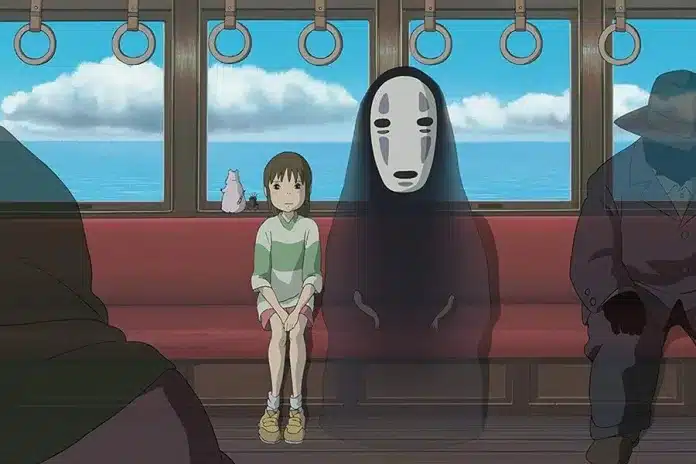
The Magic of Studio Ghibli: Transforming Fantastic Stories
In Magical Mythology, Hayao Miyazaki’s stories enter the world of cinema like a breath of fresh air, raising challenging conventions and fairy tales to a new level of art and meaning. From Ponyo’s Deep Sea to Howl’s Wandering Castle, Miyazaki weaves the mystery through the world of the Holy Ghost, combining Japanese mythology with Western influences to create universes where nature and independent heroes stand out.
Ponyo: A New Version of The Little Mermaid
Brunhilde’s Adventure, known as Ponyo, is a free and unique interpretation of Anderson’s The Little Mermaid. However, unlike its Western counterpart, Ponyo explores themes of independence and family relationships, which can be a reflection of the challenges of growing up with personal ties. The film focuses on celebrating nature, the tsunami is not only a disaster, but a manifestation of the power and beauty of the natural world.
Howl’s Moving Castle: Miyazaki’s Vision of Beauty and the Beast
In Moving Castle, Miyazaki reinterprets the story of Beauty and the Beast, but in a significant way. The film challenges traditional notions of beauty and cruelty, showing that kindness and collective sacrifice free the characters from their curses. This story becomes a subtle critique of modernity, where industrialization and disconnection from nature are presented as the real evils of society.

Inspired by: An Echo of Alice in Wonderland
Spirited Away, also known as Speeded Away, is perhaps Miyazaki’s most iconic work, sharing similarities with Alice in Wonderland, taking the young protagonist into a mysterious and corrupt world. This journey marks a transition into adulthood where curiosity and courage are essential. Through the use of spirits and traditional creatures, the film examines Japanese mythology in depth, criticizing human greed and the effects of Western consumerism on Japanese society.
A pioneer in the fusion of cultures and the reinvention of narrative
Hayao Miyazaki is not only a film director; He is a visionary who transcends culture and creates boundaries with his stories. In his work, Miyazaki demonstrated a unique ability to combine elements of Japanese mythology with classic Western fairy tales, thereby creating a new narrative dimension. The focus is on strong and independent female actors, especially those who are revolutionary, challenge traditional stereotypes and present characters that international audiences can identify with and admire.
These heroes, like Chihiro from Speeded Away, or Sophie from Howl’s Moving Castle, are not only central to their respective stories, but represent a new era in animation, where complexity and character are just as important as the plot.

Miyazaki’s influence on the entertainment world went beyond his films. His influence can be seen in how anime, manga creators, and even filmmakers have adopted his style and subject matter. Comparing his works to other contemporary anime, a unique balance between rich imagination and emotional realism stands out, making his films resonate with audiences of all ages and cultures. This approach led to Studio Ghibli’s works being celebrated not just as entertainment, but as works of art of significant and cultural importance.
Hayao Miyazaki’s films are more than just Western fairy tales. In their concept, a reconstruction of ancient narratives, enriched with modern and natural perspectives, female characters are not mere secondary characters but complex and independent heroines. Miyazaki doesn’t just recreate stories; It redefines what storytelling means in the 21st century, offering a window into worlds where the magical and the everyday intertwine.